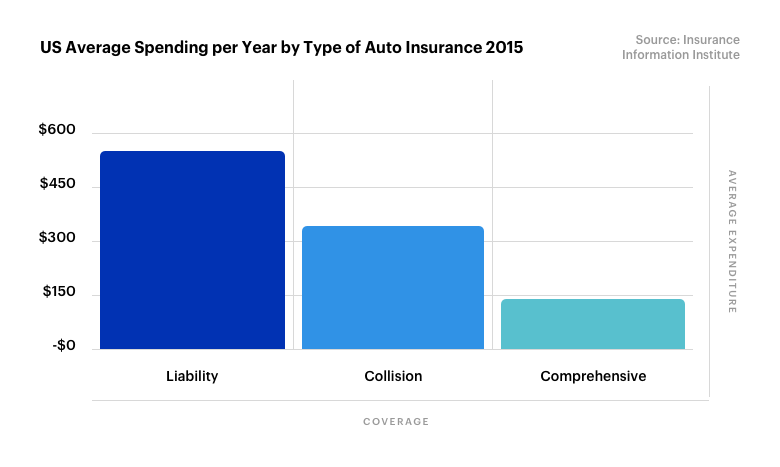A life insurance policy is an agreement with an insurer. In exchange for premium payments, the insurer provides a lump-sum payment, known as a death benefit, to beneficiaries upon the insured's death. Normally, life insurance coverage is picked based on the needs and objectives of the owner. Term life insurance generally offers security for a set period of time, while permanent insurance coverage, such as whole and universal life, provides life time coverage.
1 There are lots Click for info of varieties of life insurance. A few of the more common types are gone over listed below. Term life insurance coverage is created to supply monetary security for a specific duration of time, such as 10 or twenty years. With traditional term insurance coverage, the premium payment amount stays the same for the coverage period you select.

Term life insurance coverage is usually less costly than long-term life insurance coverage. Term life insurance coverage profits can be utilized to change lost potential earnings during working years. This can offer a safety internet for your recipients and can likewise help ensure the family's monetary objectives will still be metgoals like settling a mortgage, keeping a company running, and paying for college.

Universal life insurance is a kind of irreversible life insurance coverage developed to offer life time protection. Unlike whole life insurance coverage, universal life insurance policies are flexible and may permit you to raise or reduce your premium payment or coverage amounts throughout your life time. In addition, due to its lifetime protection, universal life normally has higher premium payments than term.
Some Ideas on Credit Life Insurance Is Typically Issued With Which Of The Following Types Of Coverage? You Should Know
Another common use is long term income replacement, where the need extends beyond working years. Some universal life insurance coverage product designs concentrate on providing both survivor benefit coverage and structure cash value while others concentrate on offering ensured death advantage protection. Entire life insurance coverage is a type of long-term life insurance coverage developed to provide life time protection.
Policy premium payments are normally repaired, and, unlike term, entire life has a cash value, which operates as a cost savings element and might collect tax-deferred gradually. Whole life can be used as an estate planning tool to help preserve the wealth you prepare to move to your recipients. Income replacement throughout working years Wealth transfer, income defense and some designs focus on tax-deferred wealth accumulation Wealth transfer, conservation and, tax-deferred wealth build-up Created for a specific duration (usually a number of years) Versatile; typically, for a lifetime For a lifetime Normally more economical than irreversible Generally more expensive than term Usually more costly than term Generally fixed Flexible Generally fixed Yes, typically earnings tax-free Yes, generally earnings tax-free Yes, typically earnings tax-free No No2 No No Yes Yes Yes, Fidelity Term Life Insurance3 Yes, Universal Life Insurance coverage, mostly focused on death benefit security No, traditional Whole Life Insurance is not presently used Insurance companies utilize rate classes, or risk-related categories, to identify your premium payments; these categories do not, however, affect the length or amount of coverage.
Tobacco usage, for instance, would increase threat and, for that reason cause your premium payment to be greater than that of somebody who does not use tobacco.
Life insurance coverage is a contract in between an insurance company and an insurance policy holder in which the insurance provider warranties payment of a death advantage to called recipients when the insured passes away. The insurer assures a survivor benefit in exchange for premiums paid by the insurance policy holder. Life insurance coverage is a legally https://www.liveinternet.ru/users/katterwb2k/post474178160/ binding contract.
How How Much Life Insurance Do I Need Dave Ramsey can Save You Time, Stress, and Money.
For a life insurance coverage policy to stay in force, the insurance policy holder should pay a single premium in advance or pay regular premiums with time. When the insured dies, the policy's called beneficiaries will receive the policy's stated value, or survivor benefit. Term life insurance policies end after a certain number of years.
A life insurance coverage policy is only as excellent as the monetary strength of the business that provides it. State guaranty funds may pay claims if the company can't. Life insurance coverage provides financial backing to making it through dependents or other beneficiaries after the death of a guaranteed (which of the following best describes term life insurance?). Here are some examples of individuals who may need life insurance coverage: If a moms and dad passes away, the loss of his or her income or caregiving skills could produce a monetary difficulty.
For children who need lifelong care and will never ever be self-dependent, life insurance can ensure their needs will be fulfilled after their moms and dads die. The death benefit can be utilized to fund a special needs trust that a fiduciary will manage for the adult child's benefit. how to sell life insurance. Married or not, if the death of one adult would suggest that the other might no longer manage loan payments, maintenance, and taxes on the home, life insurance coverage may be a good concept.
Lots of adult kids sacrifice by taking some time off work to look after a senior moms and dad who requires assistance. This help might likewise consist of direct monetary support. Life insurance can help reimburse the adult child's costs when the moms and dad dies. Young adults without dependents hardly ever need life insurance, however if a parent will be on the hook for a kid's financial obligation after his/her death, the kid may wish to carry sufficient life insurance to pay off that debt.
Getting The How To Cancel Life Insurance To Work
A 20-something adult might buy a policy even without having dependents if there is an expectation to have them in the future. Life insurance coverage can supply funds to cover the taxes and keep the amount of the estate intact.' A little life insurance policy can offer funds to honor a liked one's death.
Instead of choosing in between a pension payout that uses a spousal advantage and one that does not, pensioners can choose to accept their complete pension and use some of the cash to purchase life insurance to benefit their spouse. This technique is called pension maximization. A life insurance policy can has 2 primary elements - a survivor benefit and a premium.
The death advantage or face value is the amount of cash the insurance company guarantees to the beneficiaries recognized in the policy when the insured dies - how much does life insurance cost. The insured might be a moms and dad, and the beneficiaries may be their children, for example. The guaranteed will pick the desired survivor benefit amount based on the recipients' projected future needs.
Premiums are the money the insurance policy holder spends for insurance coverage. The insurer should pay the survivor benefit when the insured dies if the policyholder pays the premiums as needed, and premiums are figured out in part by how most likely it is that the insurance company will have to pay the policy's survivor benefit based on the insured's life expectancy.
What Does What Is Supplemental Life Insurance Do?
Part of the premium likewise approaches the insurance business's business expenses. Premiums are greater on policies with larger death benefits, people who are higher threat, and permanent policies that accumulate money worth. The cash value of irreversible life insurance serves two purposes. It is a savings account that the policyholder can utilize during the life of the insured; the money accumulates on a tax-deferred basis.
For instance, the insurance policy holder might take out a loan against the policy's money value and have to pay interest on the loan principal. The insurance policy holder can also use the cash value to pay premiums or purchase additional insurance coverage. The cash worth is a living advantage that remains with the insurer when the insured passes away.